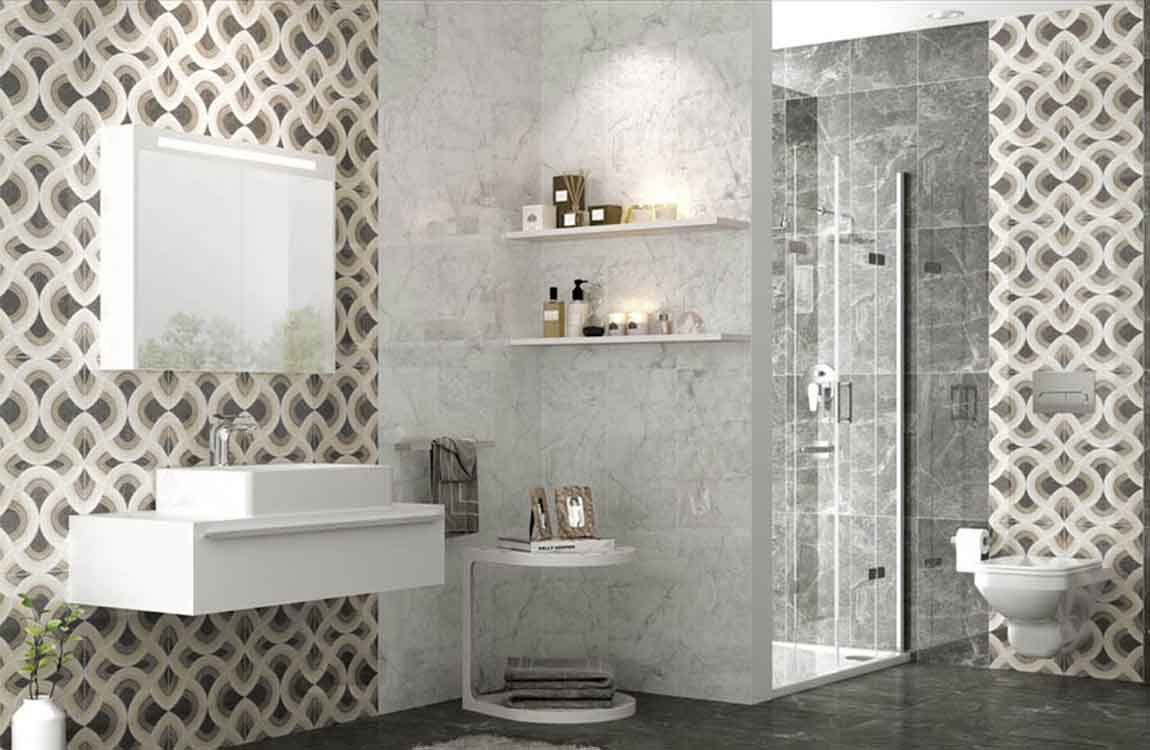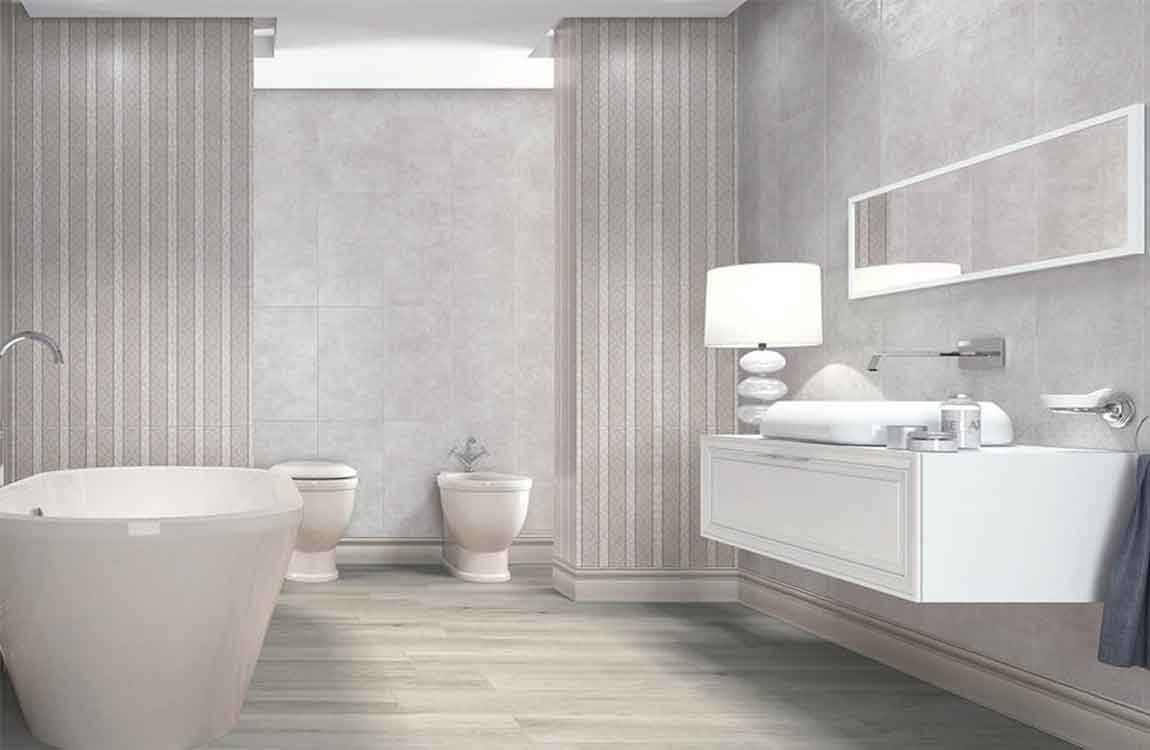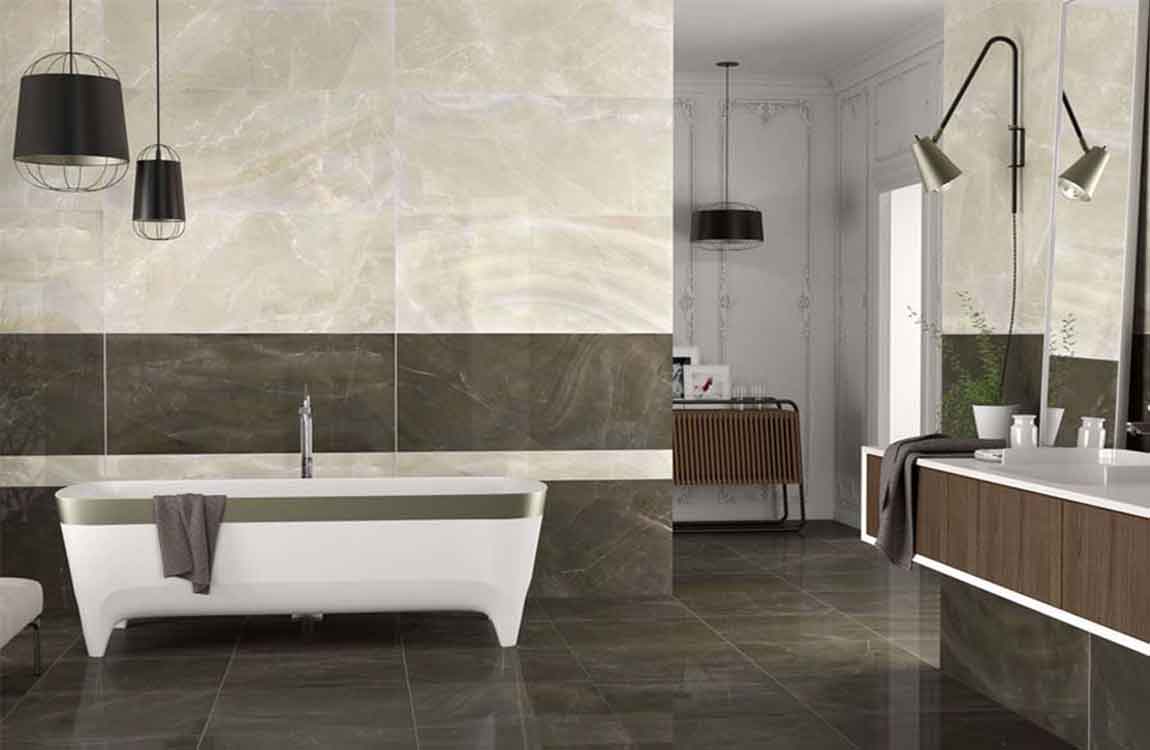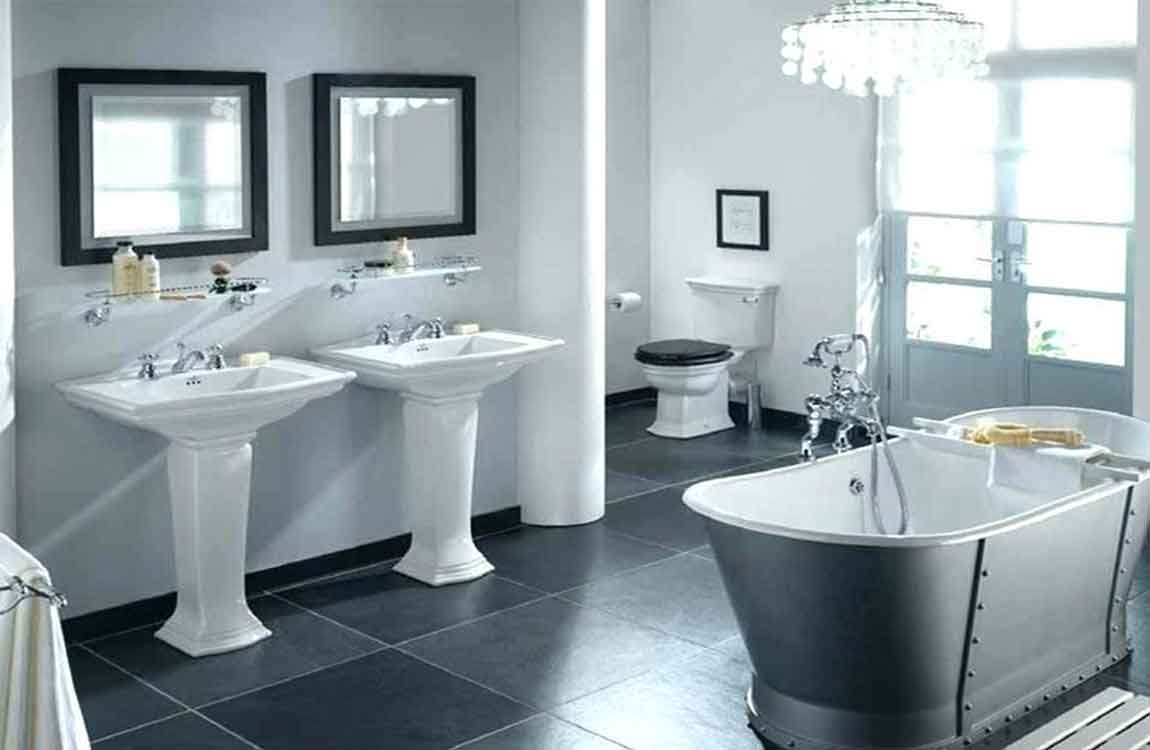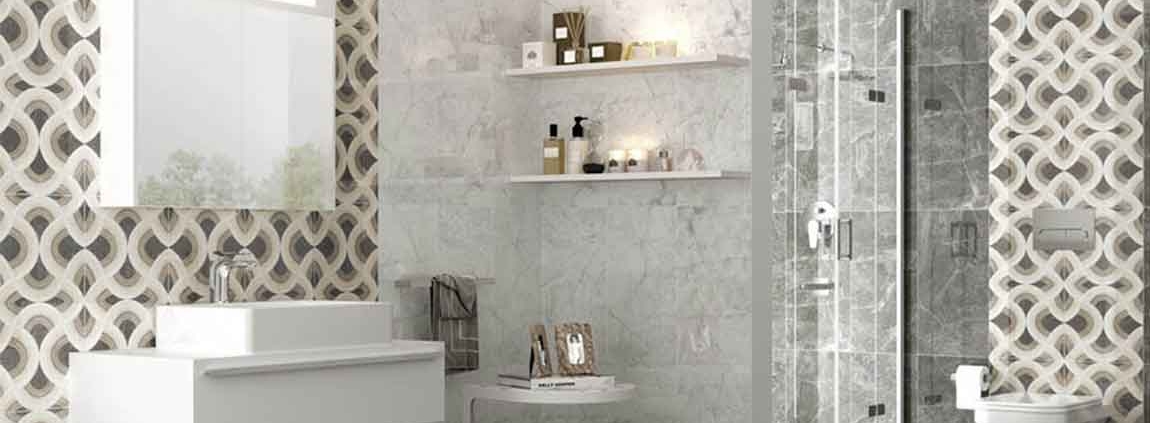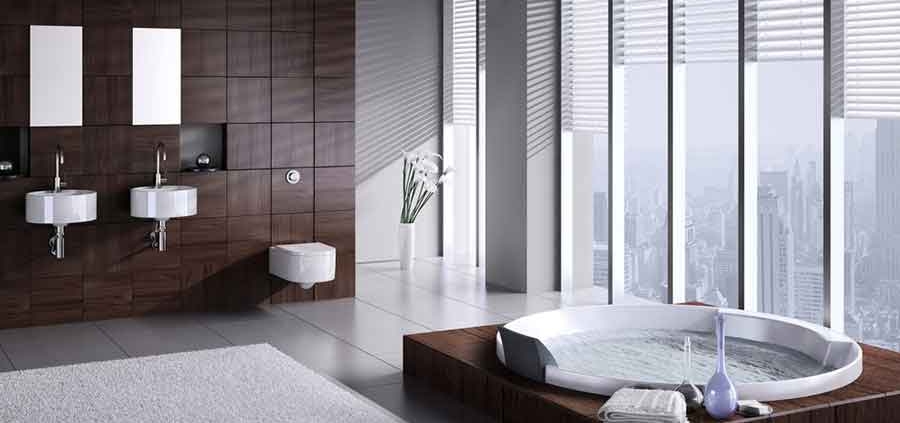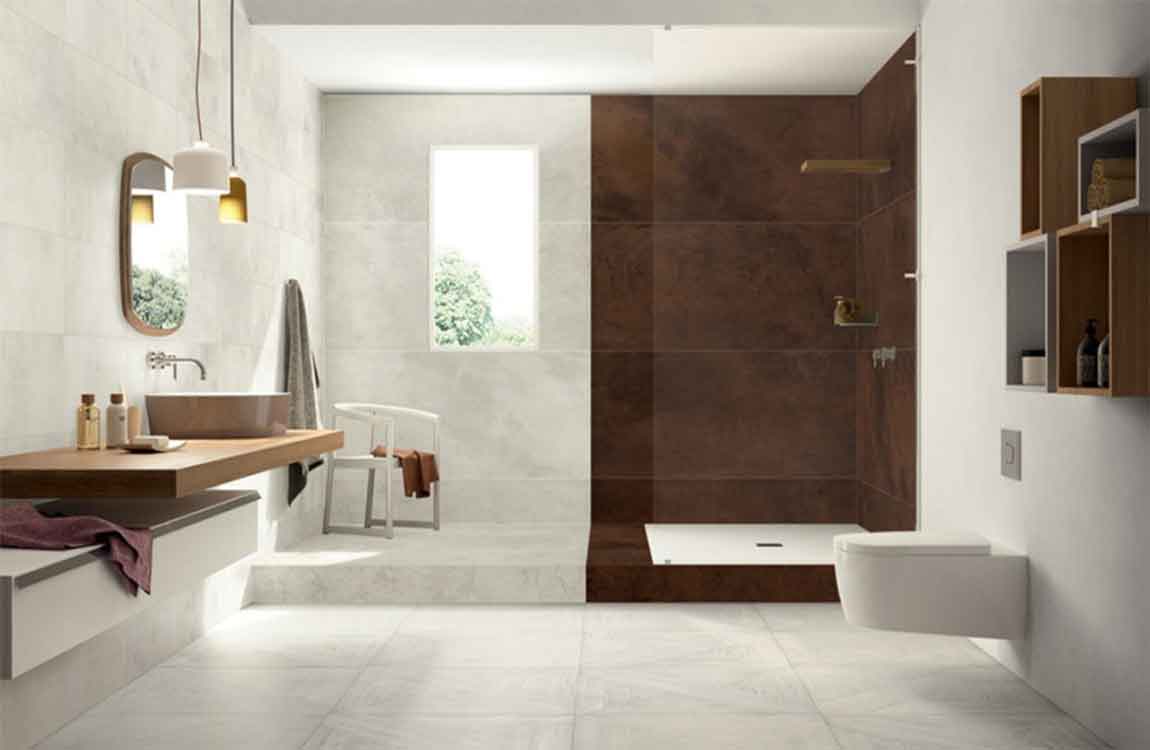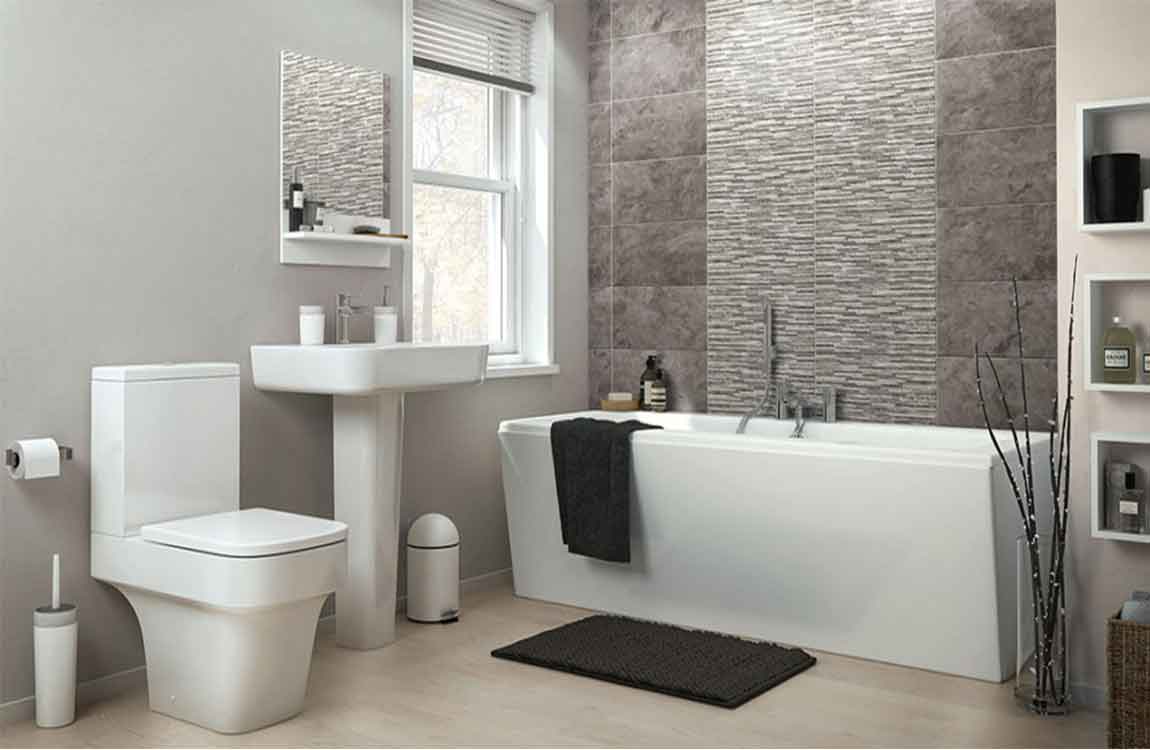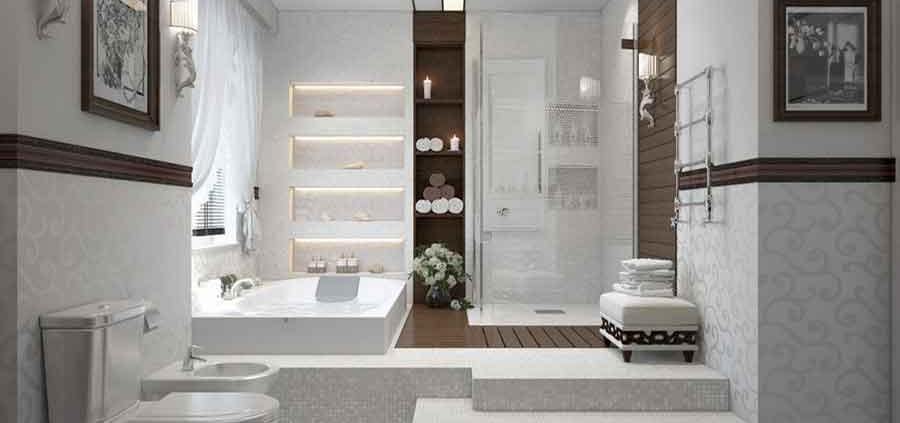Renovation of new houses is bound to carry out hydropower transformation, which will damage the waterproofing layer of the original developers. Therefore, the new house decoration must be waterproof. As an important part of the family decoration process, skilled waterproofing materials are used for skilled workers. The market price accounts for about 1% of the decoration cost.

The waterproof area method in the house decoration is: the waterproofing area between the bathroom (square meter) = [(the ground circumference between the washroom – the door width) * 1.8 meters (high) + (ground area)], the kitchen waterproof area (square meter) = [(the kitchen ground circumference – the width of the door) * * * 0.3 meters (high) + (ground area)]. Generally, the thicker the waterproof coating is, the better the waterproofing will be as long as the national acceptance standard is 1.5mm thick.
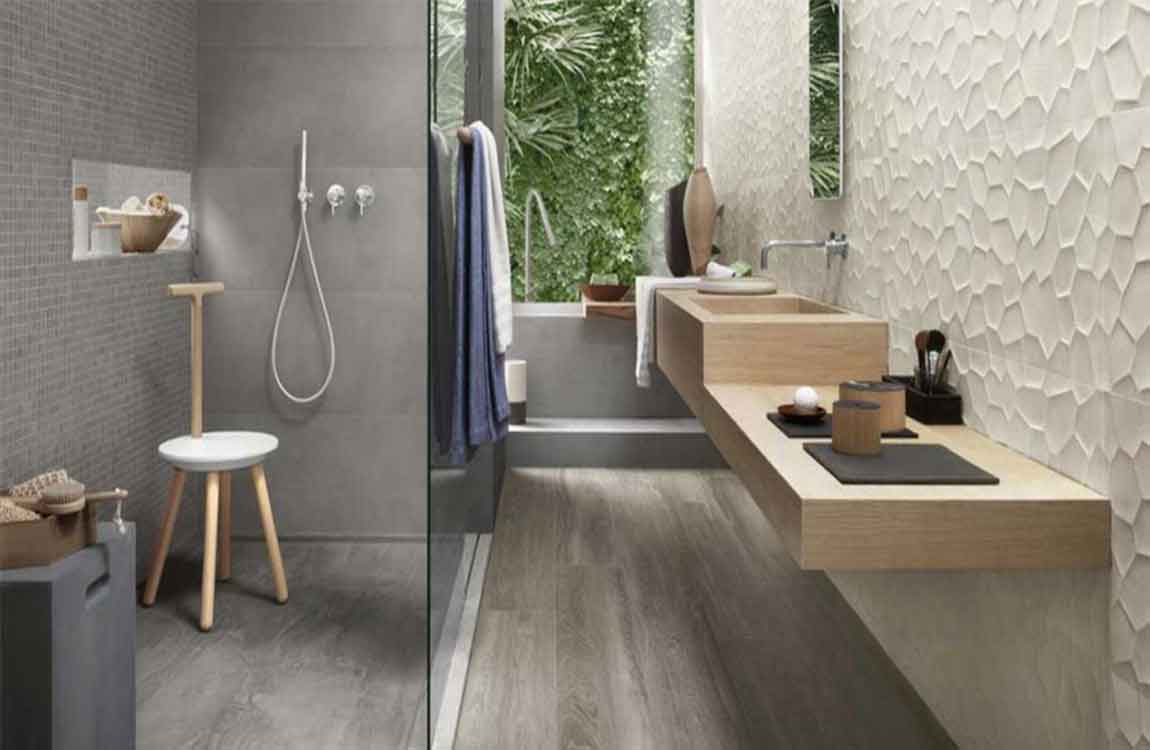
The main waterproof parts of the decoration include the floor and wall of the bathroom, the floor and wall of the kitchen, balcony and basement. If it is a building on the first floor, all floors and walls should be treated with waterproofing and moisture-proof. In addition, the inner wall water pipe grooves should also be waterproof. If the original drainage and sewer pipes or floor drain locations are altered, the waterproofing measures must be strengthened at the periphery. The most easily neglected waterproofing area is a balcony. Exposed balconies must be waterproofing because they are exposed to external environment, so as to avoid rain water and other environmental water seepage downstairs. Even if it is not exposed balcony, because most users will use the balcony as a place for washing clothes, they are usually waterproof. In addition, when pipes and floor drain cross the floor, the waterproofing layer around the hole must be carefully constructed.
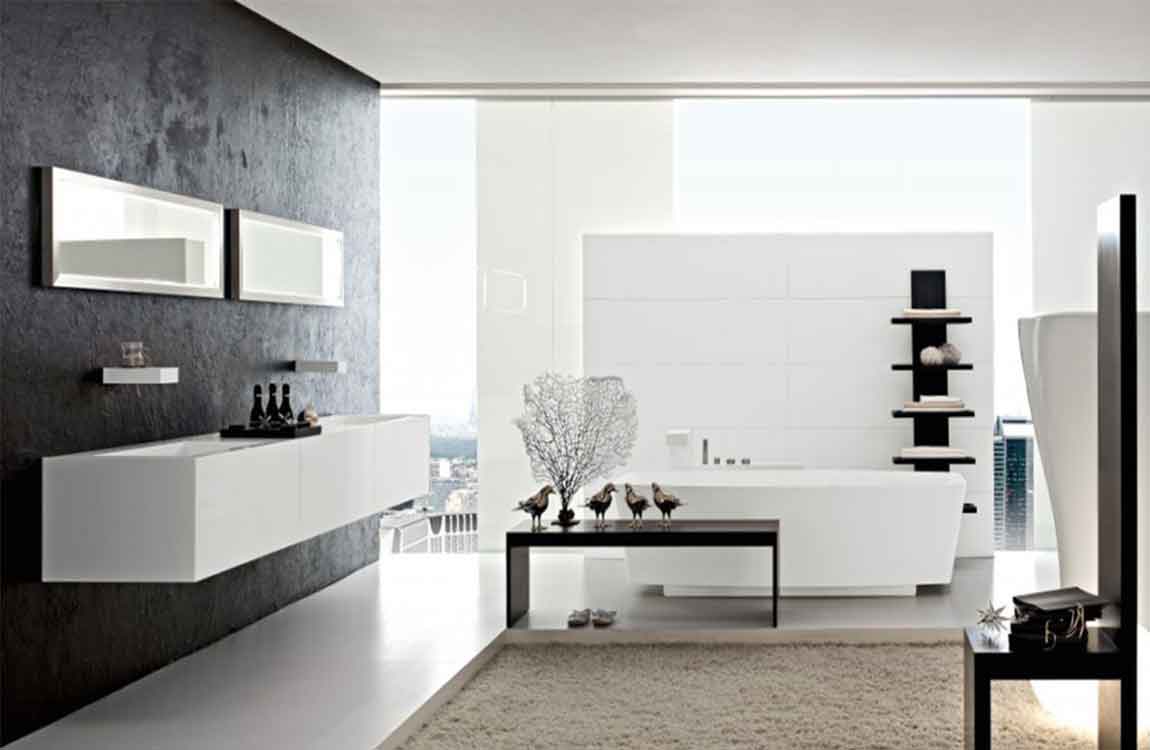
Taking into account the safety and overall waterproof effect of bathroom. The general sprinkler or sprinkler is installed at about 1.8 meters high. If the waterproof is low, the long spray will cause the water to soak through the Toilets wall, which will cause the wall to be mildew, the wall decoration layer will fall off, and the washroom waterproofing effect will be lost. The non shower wall can do 1.5 meters in principle, but in order to strengthen the waterproof effect, it can also achieve 1.8 meters in uniform. For light wall and self built light wall modified by Restroom, it is recommended that waterproof height be the top. Similarly, kitchen wash dishes, washing kitchen utensils also have different levels of water spillover, so the kitchen ground and the wall over 0.3 meters to do waterproof, in the installation of the wall of washing dishes 1.5 meters to set up the best waterproof layer.

Is waterborne waterproof coating must be environmentally friendly? No, it is not. Most of the waterproof coatings on the market are water-soluble materials. Some businesses confuse the concept of water-soluble waterproofing coatings as environmentally-friendly materials, which are more environmentally friendly than oil soluble waterproofing coatings. In fact, this statement is inaccurate. Water solubility or oil soluble waterproof coating, as long as the national environmental protection certification, such as China environmental certification certification or CTC China building materials certification, these materials are environmentally reliable, can be used safely. From the comprehensive analysis of all aspects of information and supermarket sales situation, the most popular waterproof coating on the market is acrylic waterproof coating.
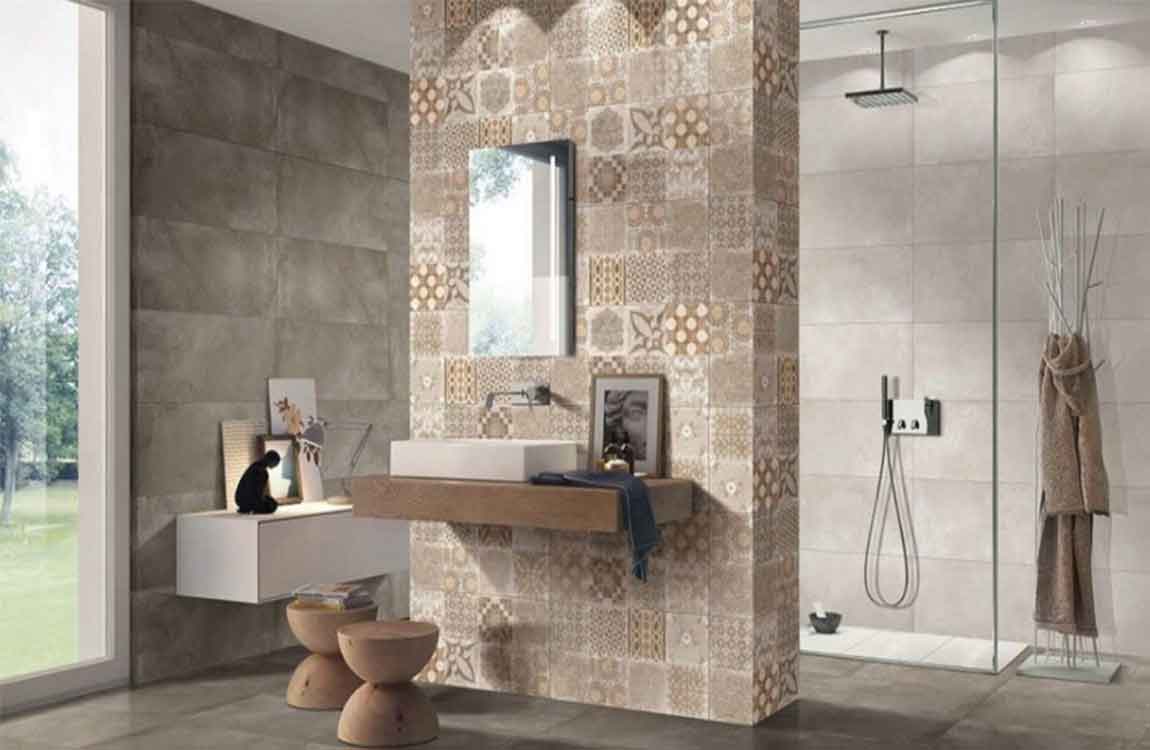
Once the waterproof is finished, then it will be tiled. If the toxic and fake materials are chosen, it is like burying a poisonous “gas bomb” at home, and it is difficult to replace it. The simplest way to distinguish is to look at the packaging first, and whether it meets the requirements of the external packaging of the brand product. If the color is distinct and the handwriting is clear, label the product name, net weight, place of production, certificate of conformity, etc. according to the specifications. Most famous brands have their own anti-counterfeiting labels, which should be noted when buying.
